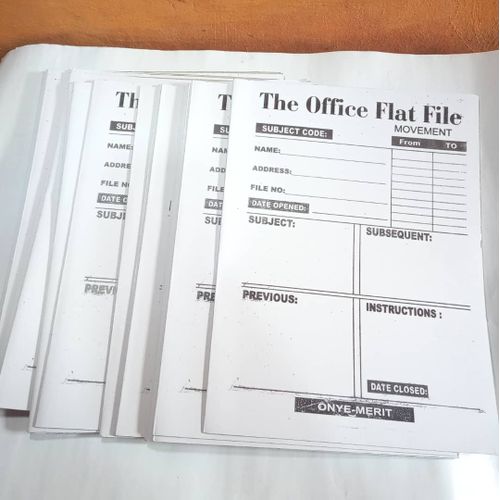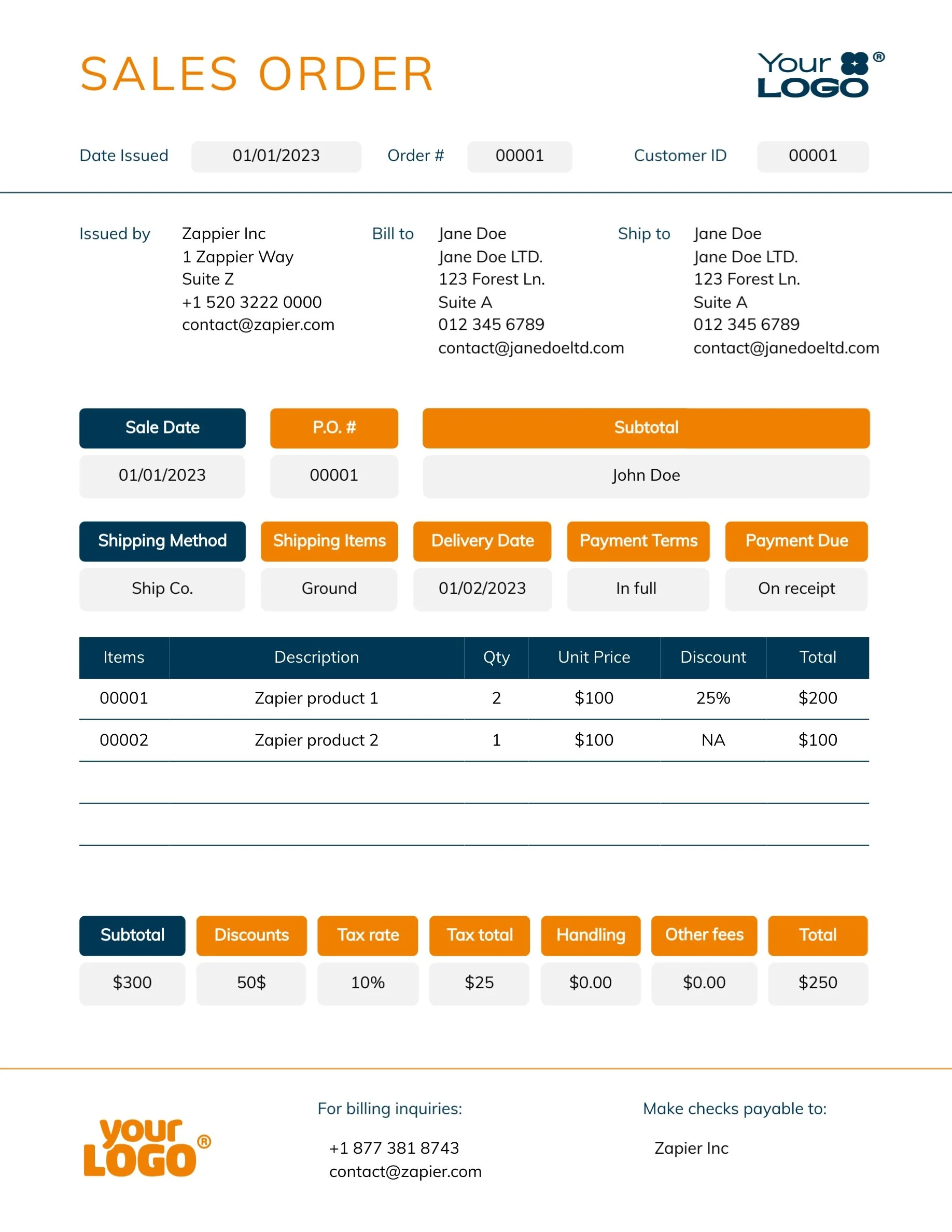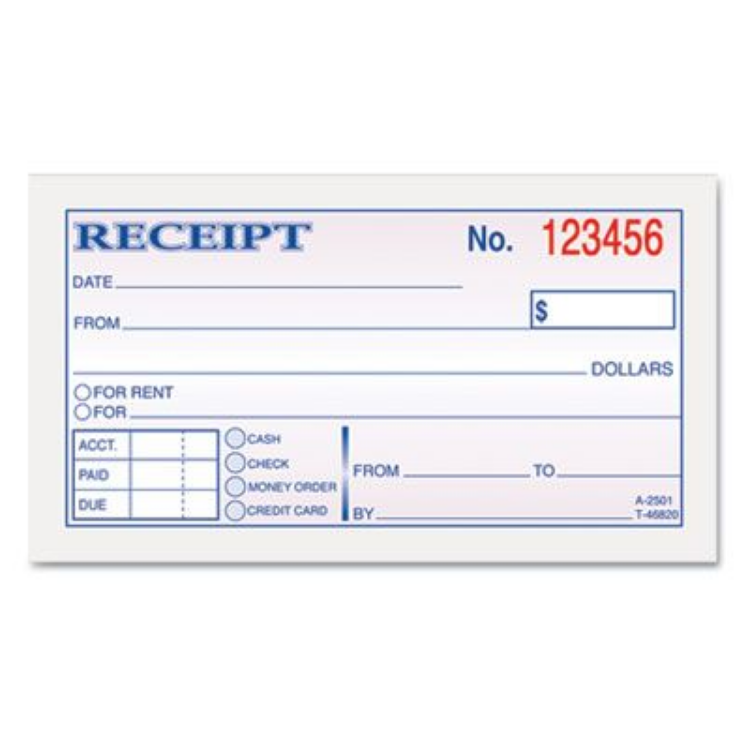OFFICE DOCUMENT
Meaning of office document:
Office documents can be defined as any written or printed material used within an office setting.
TYPES OF OFFICE DOCUMENTS
Here are types of office documents commonly used in Nigeria
-
Reports: Detailed documents providing information on specific topics, findings, or analyses relevant to the organisation.
-
Memos: Short notes or messages used for internal communication within the organisation, often shared to inform staff of important updates.
-
Invoices: Documents that request payment for goods or services provided, commonly used in businesses for financial transactions.
-
Contracts: Legal agreements outlining the terms and conditions between two or more parties, often used for business deals, employment, or services.
-
Minutes: Written records of discussions, decisions, and actions taken during meetings, essential for tracking progress and responsibilities.
-
Policies and Procedures: Documents that outline the rules, guidelines, and standard procedures that staff must follow within the organisation.
-
Forms: Structured documents used to collect information, process requests, or complete administrative tasks, such as leave applications or requisitions.
-
Letters: Formal written correspondence sent to clients, partners, or stakeholders, often used for official communication, agreements, or requests.
SALES DOCUMENT
Meaning of sales document :
Sale documents can be defined as written records that provide details of a sales
transaction between a seller and a buyer.
Examples of sales document : Invoice
Sales Receipt,
Delivery Note,
Quotation,
Proforma Invoice,
Sales Order
PREPARATION OF SALES DOCUMENTS
-
Gather Information: Collect details about the buyer, seller, products, and transaction terms.
-
Select the Document Type: Choose the appropriate document, such as an invoice or receipt.
-
Fill in the Details: Enter accurate information including item descriptions, quantities, prices, and totals.
-
Review for Accuracy: Check for errors or missing information to ensure correctness.
-
Include Terms and Conditions: Add payment terms, delivery details, and other relevant conditions.
-
Issue and Record: Distribute the document to the buyer and file a copy for internal records.
| Sales Document |
Details |
| Invoice Number |
INV-12345 |
| Date |
28 August 2024 |
| Customer Name |
Wole Soyinka |
| Description |
Office Chair |
| Quantity |
2 |
| Unit Price |
₦25,000 |
| Total |
₦50,000 |
| Amount Due |
₦50,000 |
USES OF SALES DOCUMENT
-
Proof of Transaction: Provides a formal record of the sale for both the buyer and seller.
-
Payment Tracking: Helps in tracking payments and managing accounts receivable.
-
Inventory Management: Assists in updating inventory records by documenting what was sold and in what quantity.
-
Financial Reporting: Used for preparing financial statements and reports to assess business performance.
-
Customer Records: Maintains a history of transactions with customers, useful for customer service and future reference.
PURCHASES DOCUMENT
Purchase documents can be defined as written records that provide details of a purchase transaction.
common examples of purchase document Purchase Order, Goods Received Note, Invoice, Receipt.
PREPARATION OF PURCHASES DOCUMENT
-
Gather Information: Collect details about the items or services needed, supplier information, and terms of the purchase.
-
Select Document Type: Choose the appropriate purchase document, such as a purchase order or purchase request.
-
Fill in Details: Enter information including item descriptions, quantities, unit prices, total amounts, and supplier details.
-
Review for Accuracy: Check the document for any errors or missing information to ensure correctness.
-
Obtain Approvals: Get necessary approvals from relevant departments or managers if required.
-
Distribute and Record: Send the completed document to the supplier and keep a copy for internal records.
UESES OF PURCHASES DOCUMENT
-
Order Confirmation: Shows a formal agreement of the goods or services requested from a supplier.
-
Payment Reference: Acts as a reference for processing payments and managing what is owed to suppliers.
-
Budget Control: Helps to monitor and control spending based on the approved budget for buying goods or services.
-
Inventory Management: Helps to keep accurate records of stock by noting the goods received.
-
Audit and Compliance: Provides a record for auditing and ensuring that buying follows company rules and policies.


